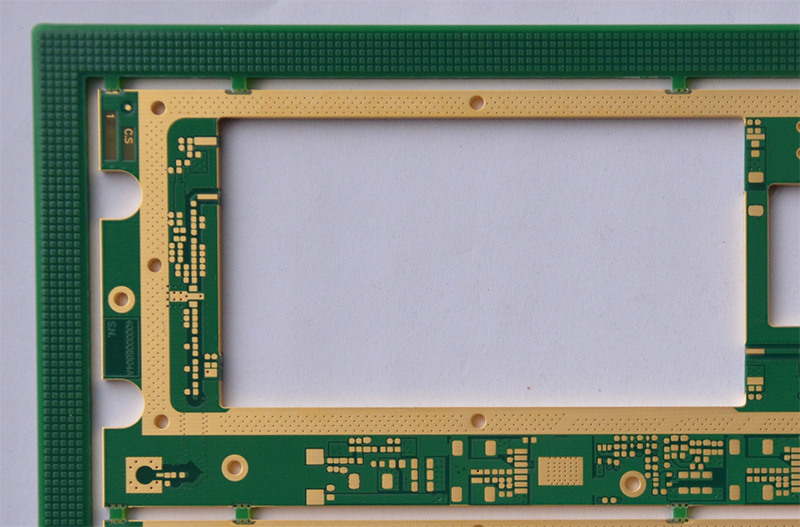The History and Evolution of PCB Technology

Keywords: Printed Circuits
Printed Circuits are the unsung heroes of modern technology. They underpin almost every electronic device we use today, from smartphones to spacecraft. While they might seem like simple, flat, green boards with intricate patterns of copper traces, their history and evolution tell a fascinating tale of innovation and engineering. In this blog, we'll journey through the timeline of PCB technology, from its inception to its current state of the art.
The Rise of Multilayer PCBs
After the war, PCB technology continued to evolve. The 1950s saw the introduction of double-sided PCBs, which allowed for more complex circuits. This innovation paved the way for the development of multilayer PCBs in the 1960s. Multilayer PCBs consist of multiple layers of conductive copper traces separated by insulating material. This advancement significantly increased the density and complexity of electronic circuits.
The Advent of Surface Mount Technology
In the 1980s, surface mount technology (SMT) became a game-changer for PCBs. SMT allowed components to be directly mounted onto the surface of the board, as opposed to being inserted through holes. This led to smaller and more compact PCBs, which were essential for the miniaturization of electronic devices.
Advancements in Materials and Manufacturing
Printed Circuits technology has continued to evolve thanks to advancements in materials and manufacturing processes. The introduction of high-performance materials like FR-4, a flame-resistant epoxy material, improved PCB reliability and performance. As manufacturing techniques became more sophisticated, PCBs could be made with higher precision, enabling the production of fine-pitch components and smaller traces.
Flex and Rigid-Flex PCBs
In addition to rigid PCBs, the electronics industry has seen the rise of flexible and rigid-flex PCBs. These boards are made from flexible materials, such as polyimide, and are used in applications where bending or flexibility is required. They have opened up new possibilities for electronics in industries like wearable technology and aerospace.
The Digital Revolution
The digital revolution of the late 20th and early 21st centuries brought with it another shift in PCB technology. With the advent of computer-aided design (CAD) software and automated manufacturing processes, Printed Circuits design and production became more efficient and accurate. This allowed for rapid prototyping and faster time-to-market for new electronic products.
- 1HDI PCB Market Outlook 2025: Future Prospects, Growth Analysis & Innovations
- 2HDI PCB Design Comprehensive Guide: Mastering High Density Interconnect Technology in 2025
- 3Understanding UL 94V-0 Flammability Rating for Printed Circuit Boards (PCBs)
- 4PCB core raw material CCL
- 5Top HDI PCB Manufacturers (2024)
- 6IC Substrate | Comprehensive Guide (2021)
- 7Top 10 Flexible PCB Factories in 2025
- 8How to Make mSAP PCB?
- 9The Impact of Trump's Tariff Policy on Chinese PCB Industry and Countermeasures
- 10Top 10 IC Substrate Fabricators (2024)

- Skype ID: shawnwang2006
- Phone No。: +86-755-23724206
- Email: sales@efpcb.com
- Quick Contact
